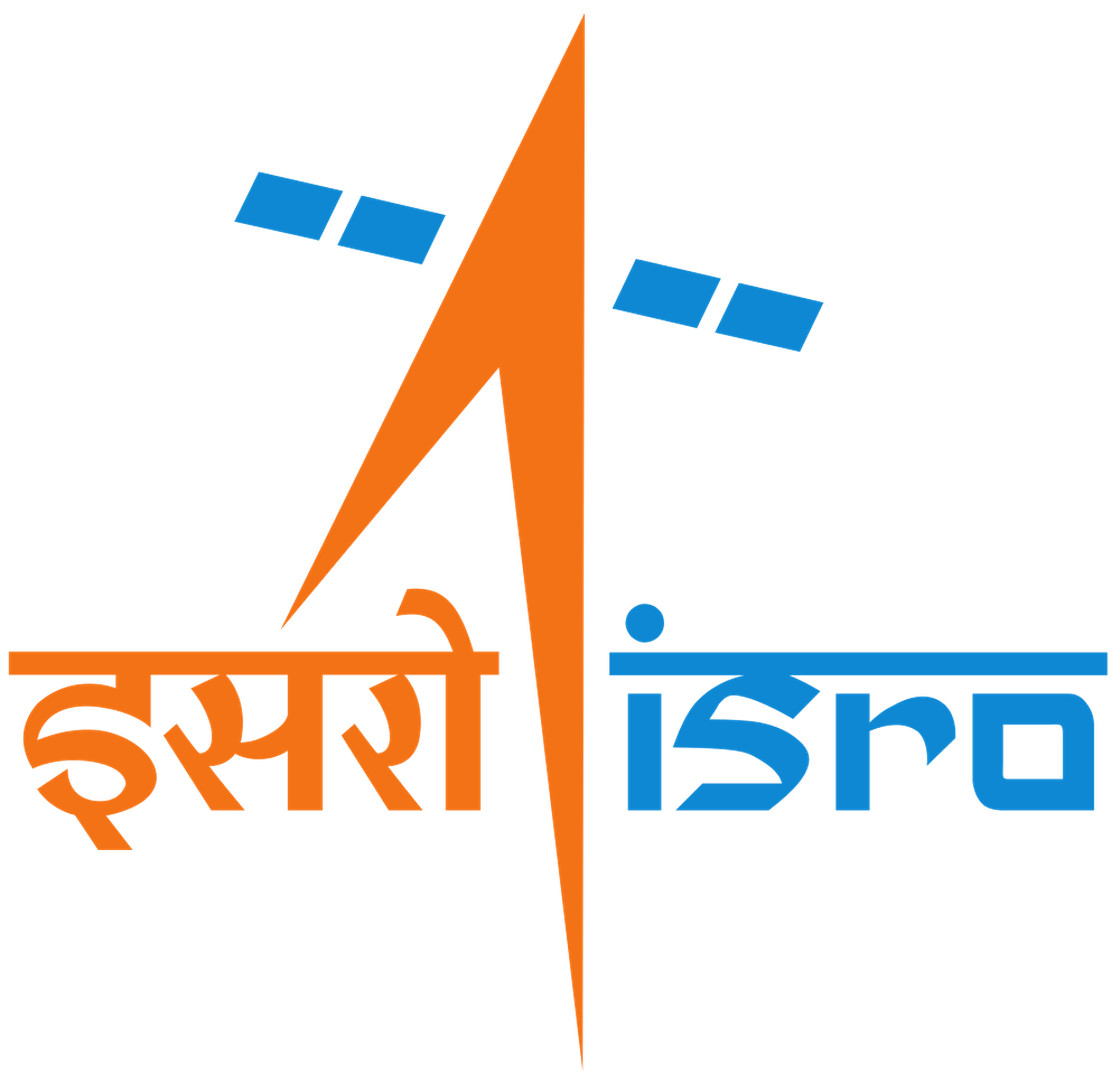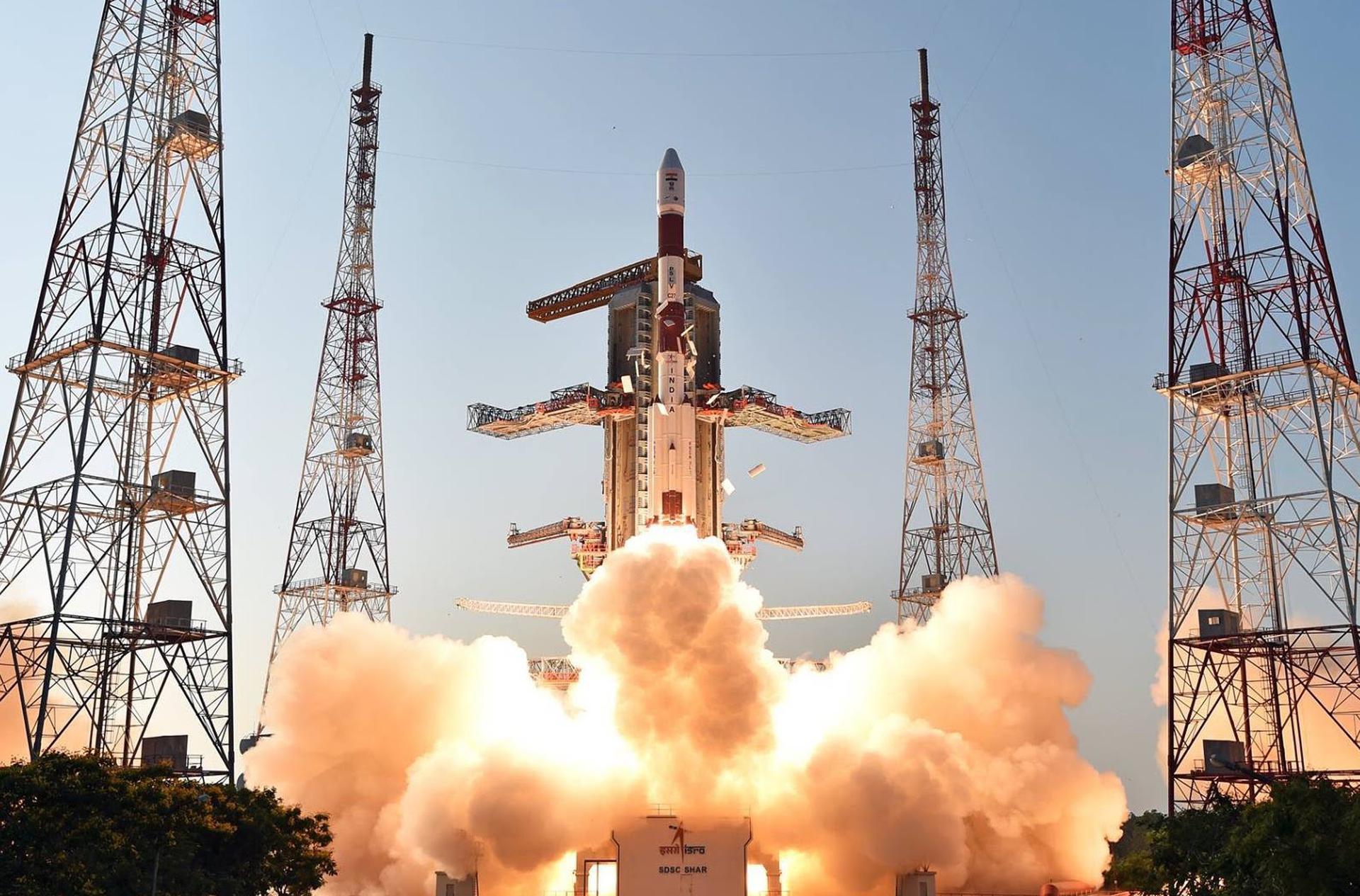
Launch
Indian Space Research Organization
GSLV Mk II | NISAR (NASA-ISRO Synthetic Aperture Radar)
- Mission
- rocket
- Pad
- Agency
Mission
NISAR (NASA-ISRO Synthetic Aperture Radar)
Earth Science
Sun-Synchronous Orbit
The NASA-ISRO Synthetic Aperture Radar, or NISAR satellite, will use advanced radar imaging to map the elevation of Earth's land and ice masses 4 to 6 times a month at resolutions of 5 to 10 meters. It is designed to observe and measure some of the planet's most complex natural processes, including ecosystem disturbances, ice-sheet collapse, and natural hazards such as earthquakes, tsunamis, volcanoes and landslides. Under the terms of the agreement, NASA will provide the mission's L band synthetic aperture radar (SAR), a high-rate telecommunication subsystem for scientific data, GPS receivers, a solid-state recorder, and a payload data subsystem. ISRO will provide the satellite bus, an S band synthetic aperture radar, the launch vehicle, and associated launch services.
Status
Launch Successful
The launch vehicle successfully inserted its payload(s) into the target orbit(s).
Pad

Satish Dhawan Space Centre Second Launch Pad
IND
The second launch pad was built between 1999 and 2003. It became functional in 2005 and has since been used for various rockets. This launch pad supports missions by PSLV, GSLV, LVM3 rockets and is even envisioned for India's future crewed spaceflight.
Latitude: 13.7199
longitude: 80.2304
Map
Location
Asia/Kolkata
Satish Dhawan Space Centre, India
Satish Dhawan Space Centre – SDSC (formerly Sriharikota Range – SHAR),[1] is the primary spaceport of the Indian Space Research Organisation (ISRO), located in Sriharikota, Andhra Pradesh.
100
0
Location Image

Rocket

GSLV Mk. II
Geosynchronous Satellite Launch Vehicle Mark II (GSLV Mk II) is the largest launch vehicle developed by India, which is currently in operation. This fourth generation launch vehicle is a three stage vehicle with four liquid strap-ons. The indigenously developed cryogenic Upper Stage (CUS), which is flight proven, forms the third stage of GSLV Mk II. From January 2014, the vehicle has achieved four consecutive successes.
Family: GSLV
Details
Max stage: 3m
Length: 49.0m
Diameter: 2.8
First Flight: April 15, 2010
Total launch count: 12
Successful launches: 10
Failed launches: 2
Pending launches: 6
Consecutive successful launches: 4
Apogee: 40000km
Geostationary Transfer Orbit (GTO) capacity: 2500kg
Manufacturer
Indian Space Research Organization
Government
IND
The Indian Space Research Organisation (ISRO) is the space agency of the Government of India headquartered in the city of Bangalore. Its vision is to "harness space technology for national development while pursuing space science research and planetary exploration."
1969
Chairman: V. Narayanan
PSLV | GSLV
Gaganyaan



Agency

Indian Space Research Organization
The Indian Space Research Organisation (ISRO) is the space agency of the Government of India headquartered in the city of Bangalore. Its vision is to "harness space technology for national development while pursuing space science research and planetary exploration."
Details
Chairman: V. Narayanan
1969
PSLV | GSLV
Gaganyaan
Total launch count: 96
Successful launches: 82
Consecutive successful launches: 1
Failed launches: 14
Pending launches: 18


